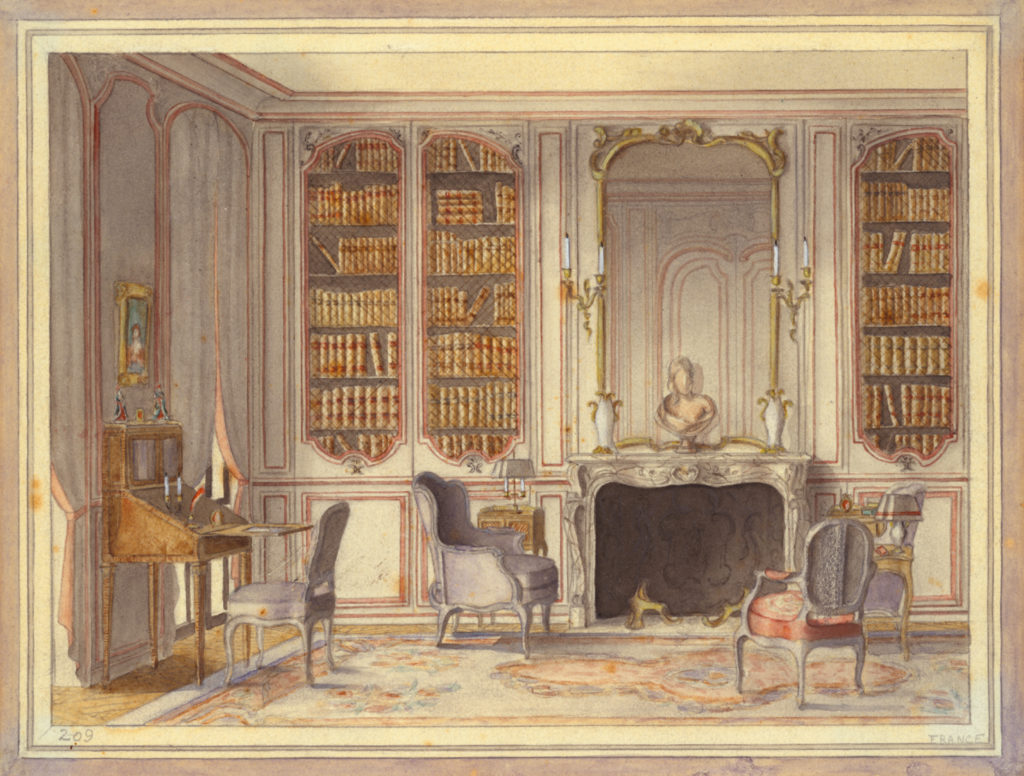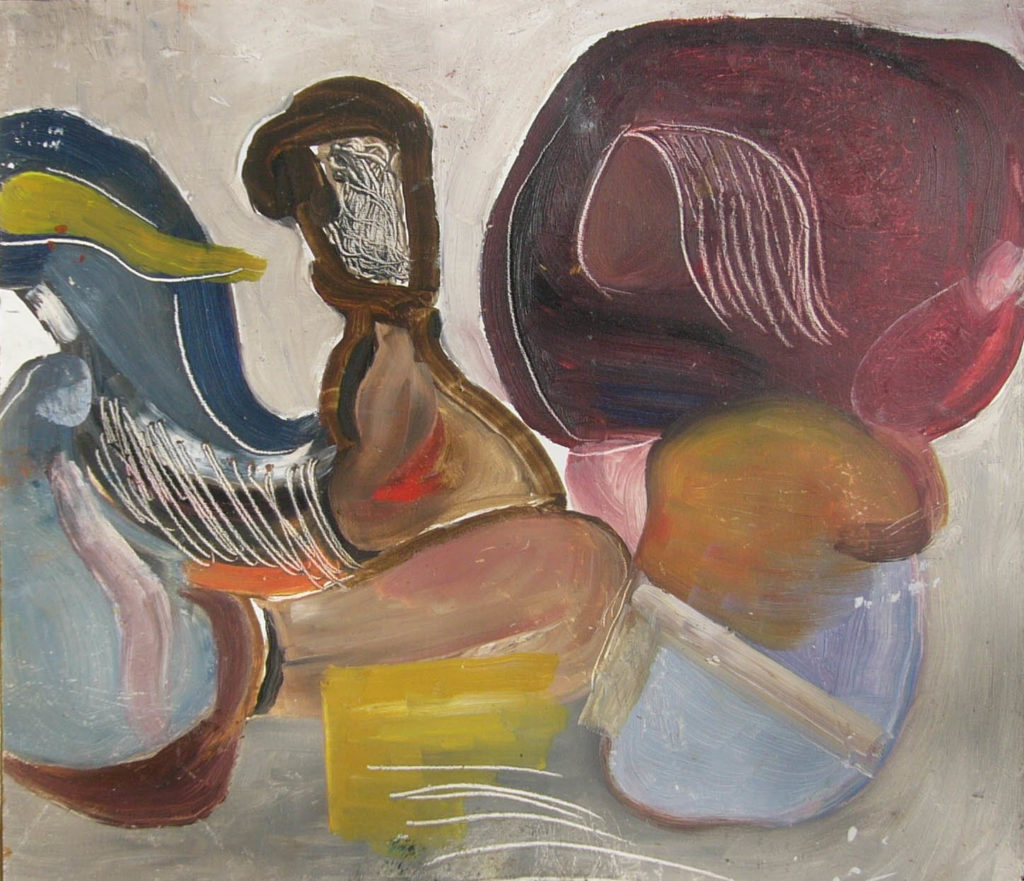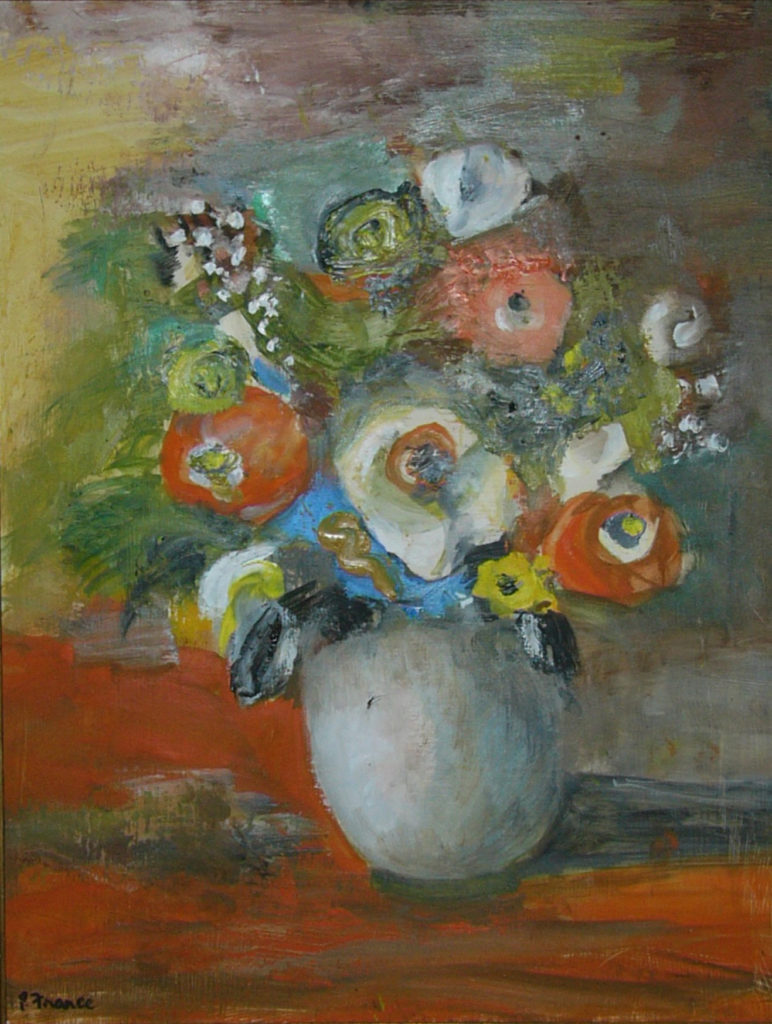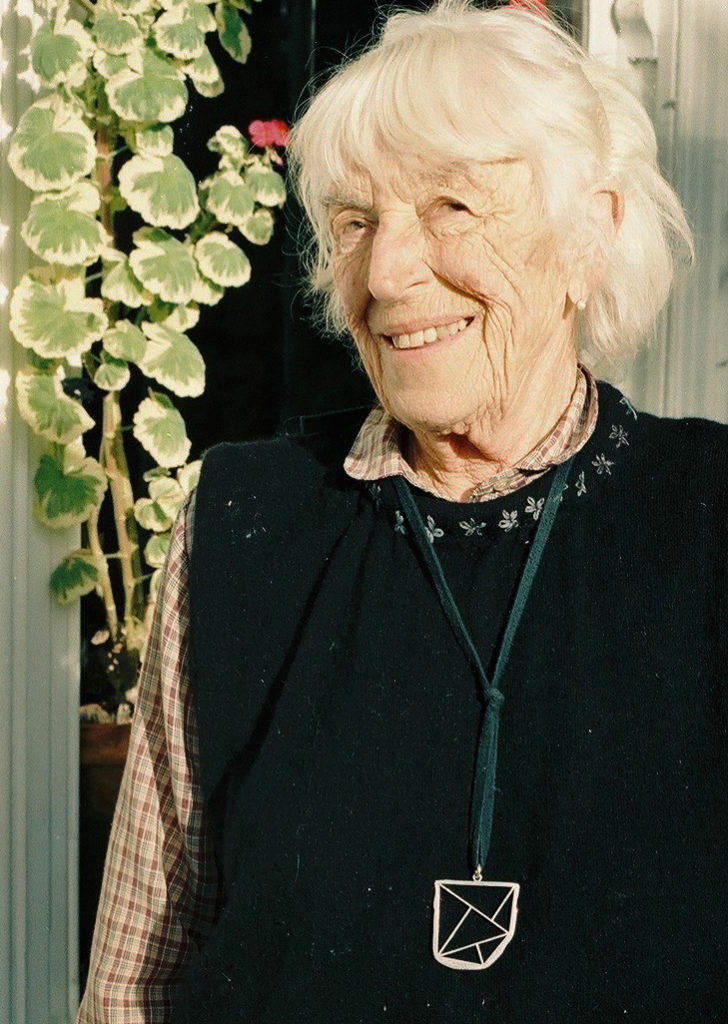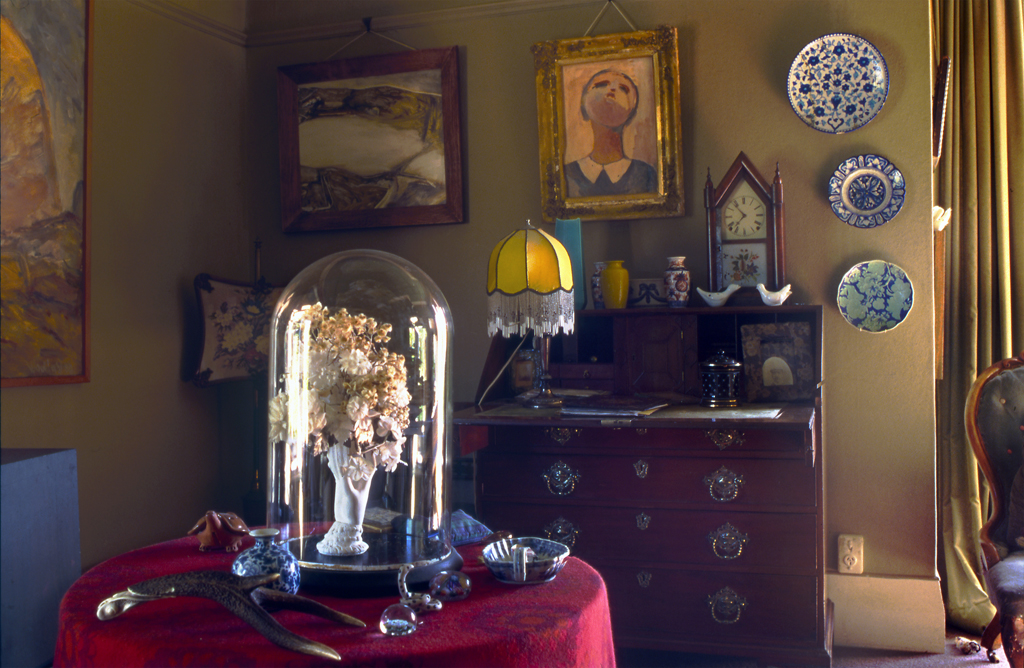[spacer height=”30px”]
Patricia France – Biography
Patricia France, born in Stratford, New Zealand on 29 May 1911, was the only child of Mabel and William France. Mabel came from a well-established Auckland family but William, born in England, was a more recent arrival. Patricia and her parents lived in Wanganui for several years before moving south to Nelson. During what she described in later life as a ‘very sad time’, her father died when she was eleven years old and, as a consequence, Patricia and her mother moved to Auckland to live with her grandmother and Aunt Etta.
In 1928, after finishing her schooling at Auckland Diocesan School for Girls, Patricia travelled with her mother and aunt to Europe where they visited art galleries, museums and chateaux in Italy, Sicily, France, Switzerland, Holland and Germany. While overseas Patricia also studied in Paris for a couple of years at the recently established branch of the New York School of Interior Design where she met students from various international backgrounds.
In 1931 the trio returned to Auckland and for many years thereafter Patricia’s life was devoted solely to caring for her aging mother and aunts and to voluntary social work, including four years during WW II as a St John Voluntary Aid at the Ellerslie Racecourse Military Hospital. After the war Patricia’s life was constrained by the expectations she felt from her family and the affluent Auckland society they were part of.
After her mother’s death Patricia suffered from depression and following a nervous breakdown, was admitted to Ashburn Hall, a private psychiatric hospital in Dunedin. During the seven years she spent at Ashburn Hall as a voluntary boarder Patricia became a close friend of Dr. Denford, her psychiatrist and psychoanalyst. Dr. Denford encouraged Patricia to rekindle the artistic endeavours of her younger days and to ‘paint out the past’ through art therapy.
During this time Patricia developed a close friendship with artist and critic Rodney Kennedy, who introduced her to a wide circle of artists and writers including Colin McCahon, Toss Woollaston, Ralph Hotere and younger painters, in particular Jeffrey Harris.
The friendships and sense of belonging that ensued from these connections persuaded Patricia to stay in Dunedin after she left Ashburn Hall. In February 1966 she purchased a house at 396 Highgate, which over time became an extension of her own personality. The enchanting house with its elegant ‘Italian’ garden became a haven for her many visitors over the following thirty years. Not only was it a place where Patricia could paint in her studio, it was also somewhere she could entertain and enjoy the company of her many friends, sharing with them the pleasure of the artworks she had collected over the years.
Patricia began painting in water-colour and gouache before moving on to oils. Her early works were abstract but as her style evolved the interconnections between people and their environment became a theme she frequently explored. Her compositions often show two or three people – generally women and children – against a landscape. Her skill as an artist enabled her to express with just a few deft brushstrokes, the complexities of human relationships. Patricia said “they’re nearly always themes from my past. They evolve out of a vague and fluid background of my past experiences and feelings”.
Patricia also produced many flower studies– the vibrant colours and painterly treatment of the medium seen in these delightful works suggest the influence of the Impressionists and Odilon Redon. Patricia was sixty-five when she exhibited her work for the first time. Over the years many critics have written favourable reviews of Patricia’s work, invariably referring to her distinctive, spontaneous brushstrokes and expressive use of colour and in some cases suggesting comparisons with New Zealand artist Francis Hodgkins and writer Katherine Mansfield.
In spite of deteriorating eyesight towards the end of her career, Patricia continued to paint. Her works, which were shown in over thirty exhibitions throughout New Zealand, are now held in many prestigious collections. Patricia had little interest in money for its own sake, however, through the sale of her paintings and a family inheritance that she cannily invested, she was able in her later years to act as a patron to many young artists.
Her generosity of spirit was not only evident through the remarkable way she lived her life and shared her many talents, but also through her extraordinary vision and legacy. Patricia dedicated part of her estate to the Patricia France Charitable Trust for the relief of women and children who have been subject to domestic violence.
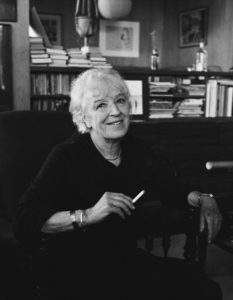
Photograph of Patricia France, c. 1978:
image courtesy of Marti Friedlander, FHE Galleries.
